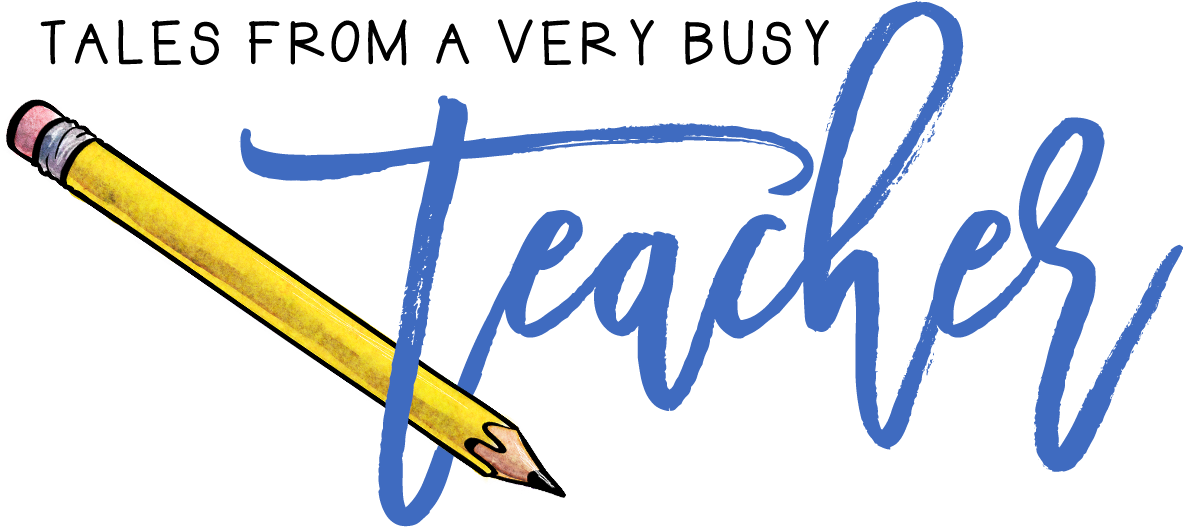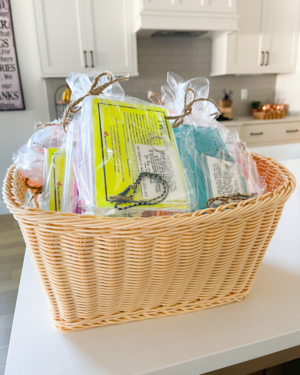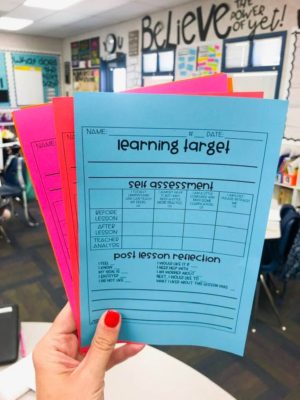Educational researcher, John Hattie, found that the tipping point of a .4 effect size was the point at which student performance surpasses the expectation of one year’s growth in one year’s time. He says that the vast majority of what we do in education works, but that we need to focus on the most effective strategies in order to increase student learning and capitalize on overall increases in student academic achievement. Those strategies are the ones that have a .4 effect size or higher. Using these highly effective strategies can help to accelerate student learning or close the learning deficits in a more quick and efficient manner.
Here are 10 of my favorite instructional strategies with a high effect size.
1. Formative Assessment .4
Formative assessment is an assessment for learning used to monitor each student’s learning, but also advance each student’s learning. Formative assessment informs the student of his or her progress in becoming proficient, and it also informs the teacher about the effectiveness of instruction and where to go next in the instructional process. Formative assessments can also be as simple as the daily checks for understanding during instruction through the use of whiteboards, exit tickets, or independent practice.
2. Direct Instruction .59
Explicit instruction, or direct instruction, is an effective teaching practice that clearly communicates learning intentions and success criteria to students. The term direct instruction may cause some teachers to think that the delivery of instruction will be rigid, boring, and mundane. This is not true! You can make direct intruction fit your teaching style, while also incorporating student collaboration, clear modeling, and a chance to differentiate for all students while teaching.
3. Effective Feedback .62
Giving students feedback on their learning is more than just saying “good job.” Feedback requires explicit feedback that is connected to what the student is learning and doing. It is important to give students specific feedback so they can monitor their own learning. This helps them change direction, if they need to, during their learning journey.
4. Reciprocal Teaching .74
An instructional strategy that aims to produce better reading comprehension. The strategy contains four steps: summarizing, questioning, clarifying, and predicting. It is “reciprocal” because students and the teacher take turns leading a conversation about the text they’re reading. They ask questions while practicing each of the four steps. I like to teach each step in a mini-lesson and then have students practice the roles independently in a group. You can find role cards in my shop.
5. Classroom Discussion .82
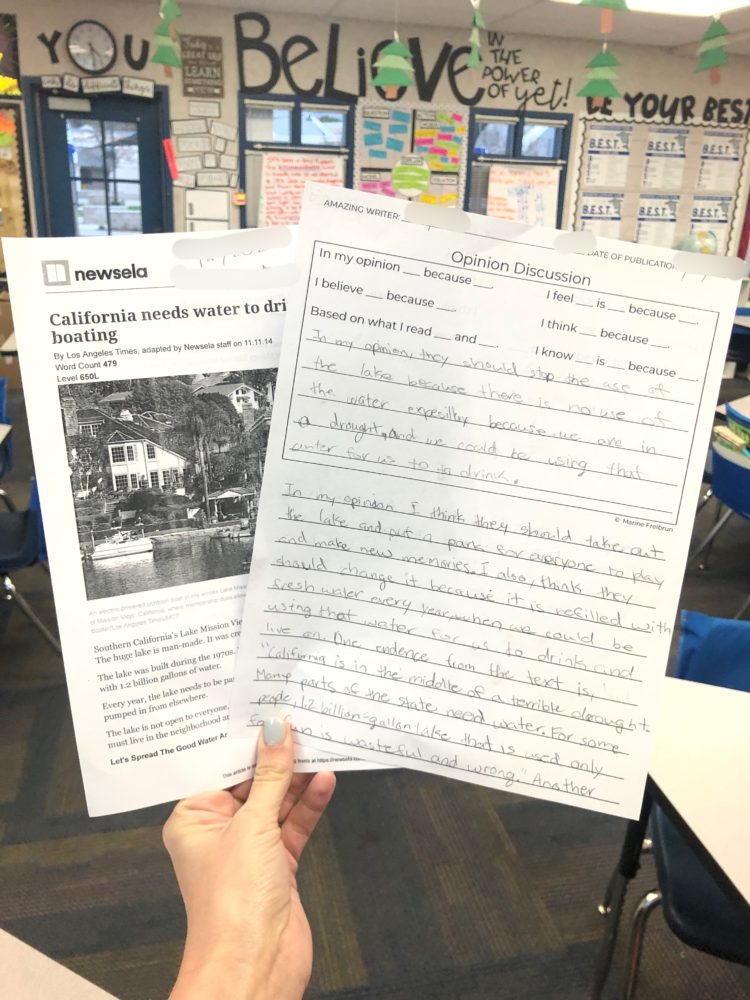
Classroom discussion involves much more than a teacher asking a class a question. It can be structured and involve students using academic language and specific language frames to have a discussion with their peers. You can use classroom discussion for a variety of texts and topics. Check out my structured language bookmarks and my discussion cards to support collaborative conversations in your classroom.
6. Teacher Clarity .84
Teacher clarity is defined as “a measure of the clarity of communication between teachers and students in both directions.” It can be classified into four categories according to the Teacher Clarity Playbook:
- Clarity of organization
- Clarity of explanation
- Clarity of examples and guided practice
- Clarity of assessment and student learning
A major part of teacher clarity is understanding what students need to learn and identifying how they will know that they learned it. To do that you need to analyze standards, plan meaningful instruction and assessments, and be focused on impact while also clarifying expectations. Check out these 20 easy ways you can practice teacher clarity in your classroom.
7. Success Criteria .88
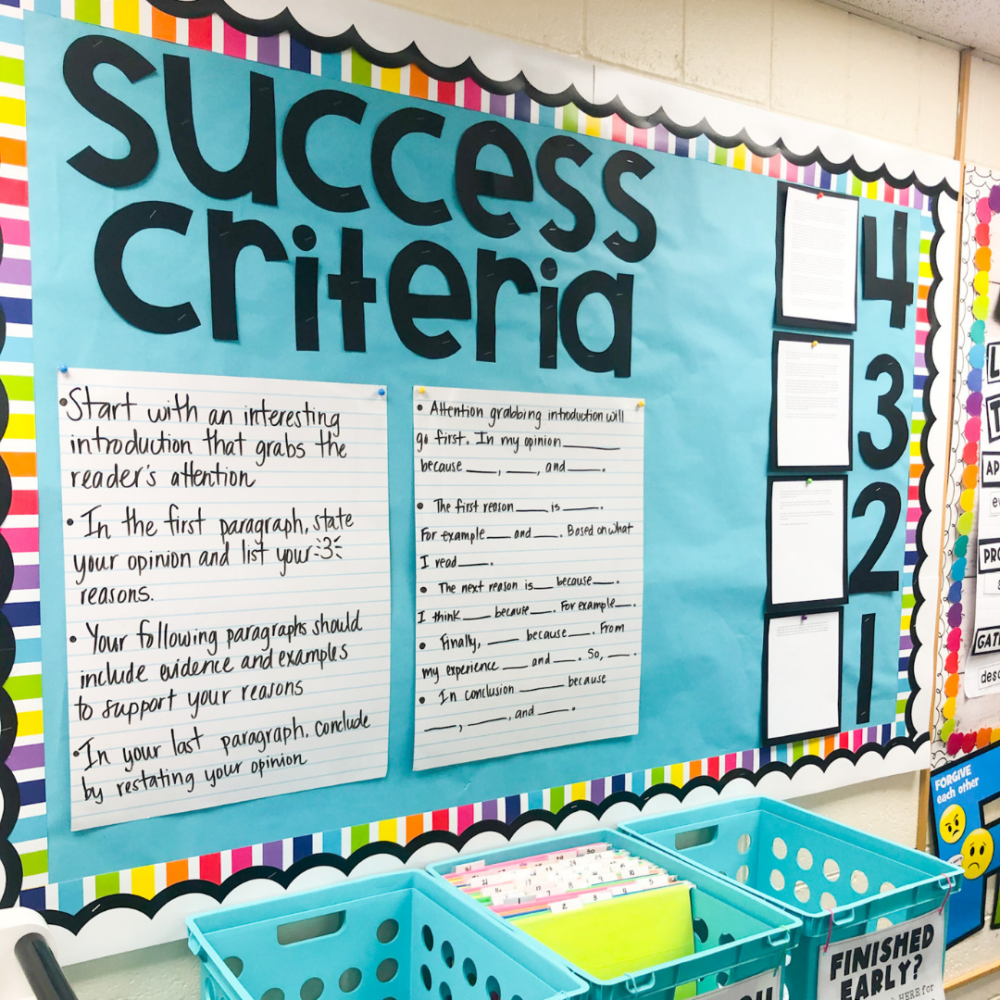
Success criteria provide students with an opportunity to assess their own learning. In my opinion, we can also look at success criteria as assessment as learning. This occurs when students use feedback from personally monitoring what they’re learning to make adjustments, adaptations, and even major changes in what they understand. They are often brief, co-constructed with students, aim to remind students of those aspects on which they need to focus, and can relate to the surface and deep learning from the lesson.
8. Intervention 1.09
Intervention is a multi-tier approach to the early identification and support of students with learning and behavior needs. The process begins with high-quality instruction and universal screening of all children in the general education classroom, which is Tier 1. Struggling learners are provided with interventions and those not making progress are then provided with increasingly intensive instruction usually in small groups (Tier 2). If still no progress, then students receive individualized, intensive interventions that target the students’ skill deficits (Tier 3). It’s more than just putting students on a computer program and should be intentional and planned out and targeted.
9. Jigsaw 1.2
The Jigsaw instructional method is a cooperative approach to learning originally developed by Elliot Aronson. Following this method, a teacher introduces a main topic and several subtopics. Jigsaw students are broken into “home groups” and each member of the home group is assigned a subtopic. Then, students form expert groups to study their assigned subtopic through research and discussion. After the students have mastered the subtopic in question, they return to their home group to report on their findings. At the end of the exercise, each home group member has learned about each subtopic from a member of the relevant expert group or through their own investigation with an expert group.
10. Self Assessment 1.33
![]()
![]()
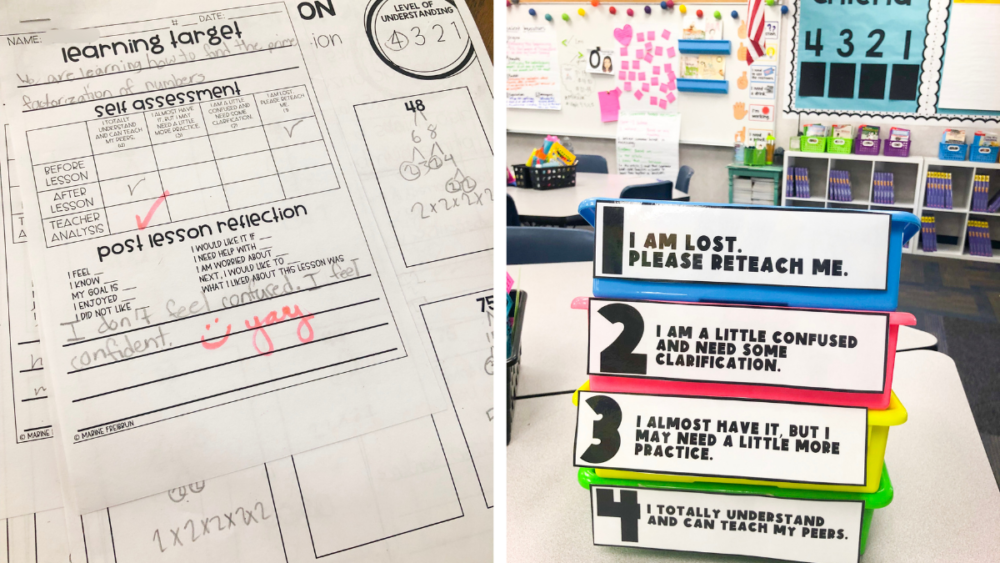
Self-assessment involves students in the assessment and learning process. They become more engaged in their own learning and are also empowered. You can have students use self-assessment before a lesson by asking them to rate their level of understanding after reading the learning goal. Students can also use target responses to self-assess their writing pieces. It’s an easy and successful way to get your students involved.
For more information on effective teaching practices, check out The Very Busy Teacher Club for online workshops, free resources, and more.
